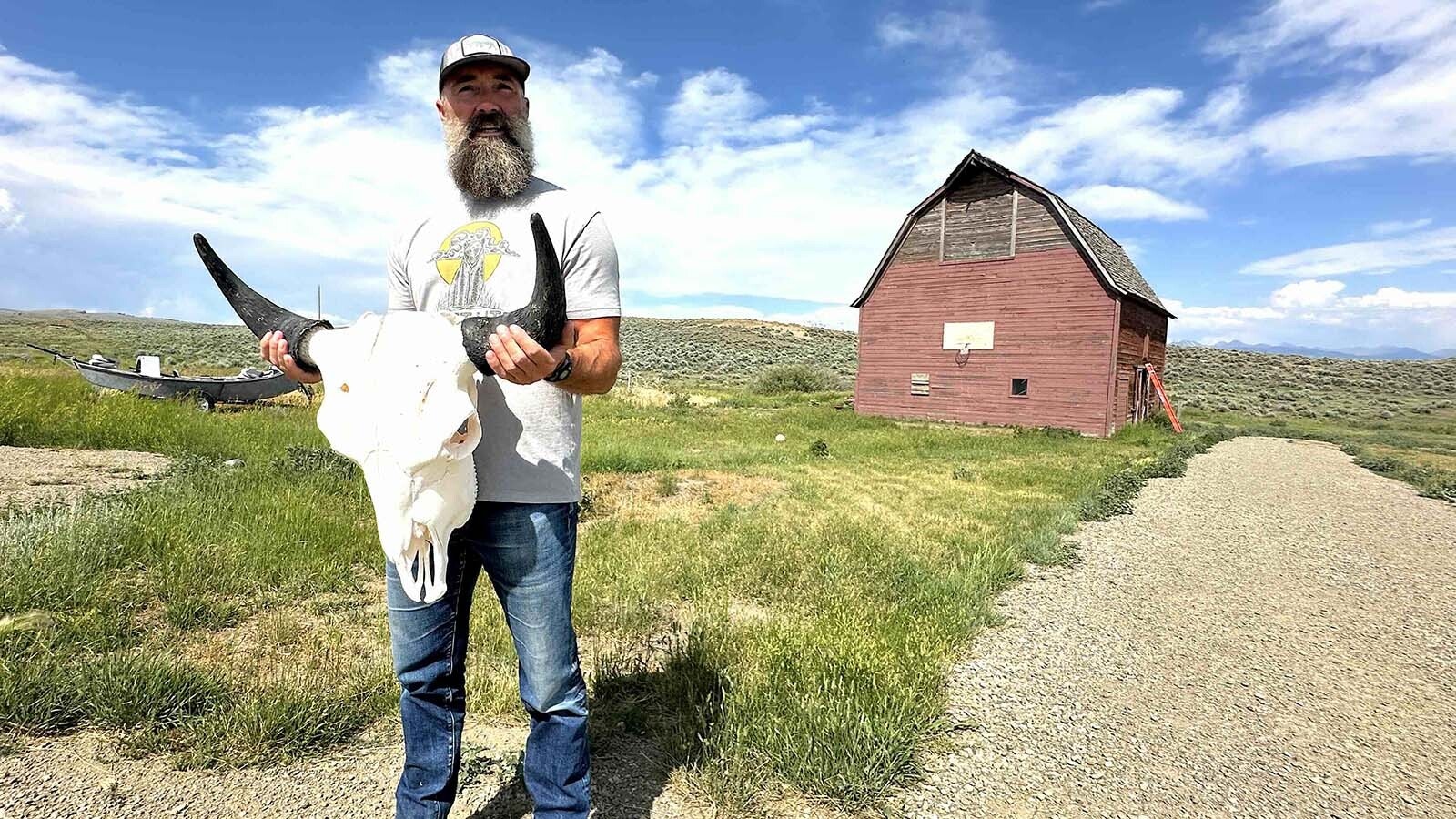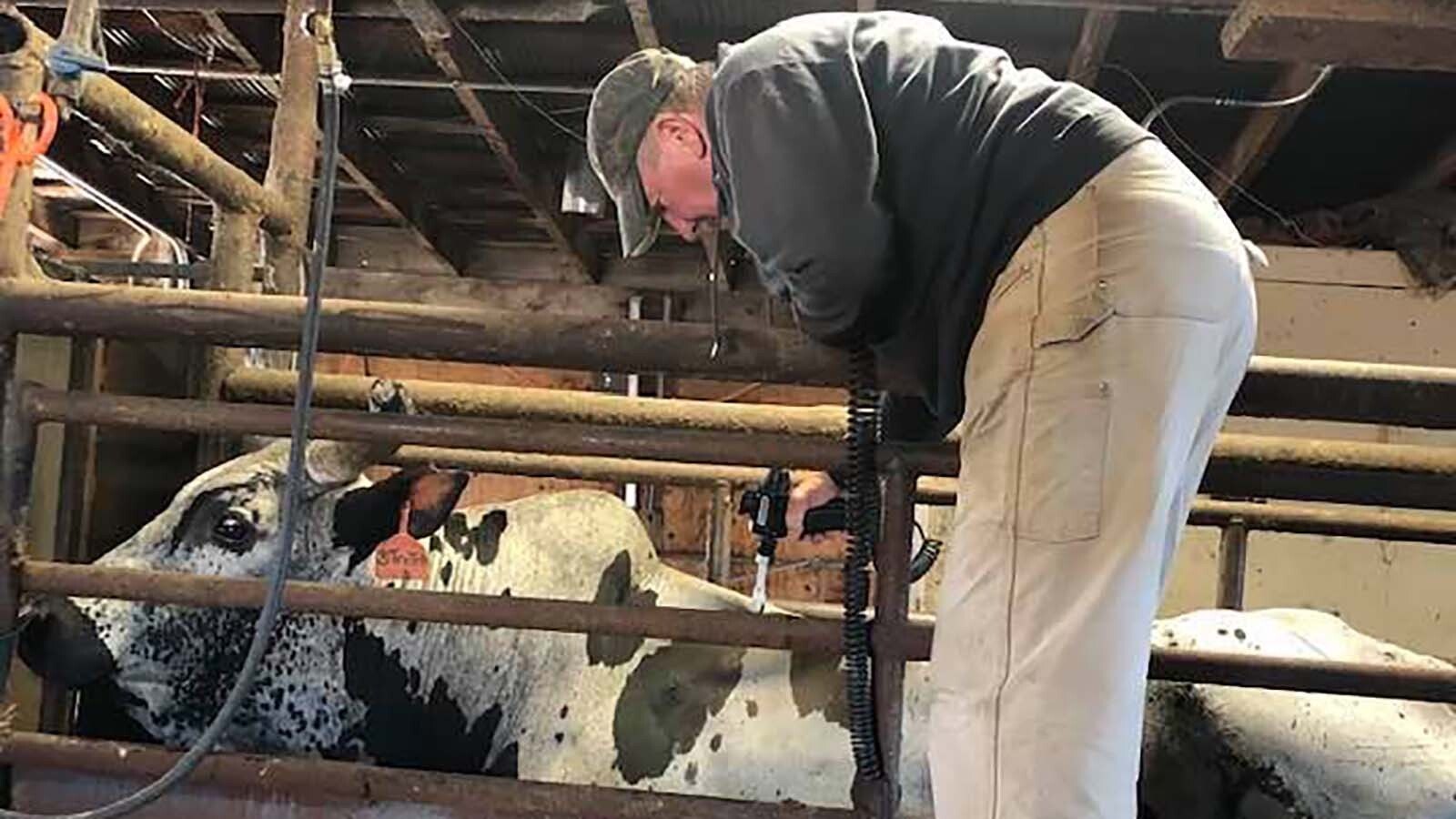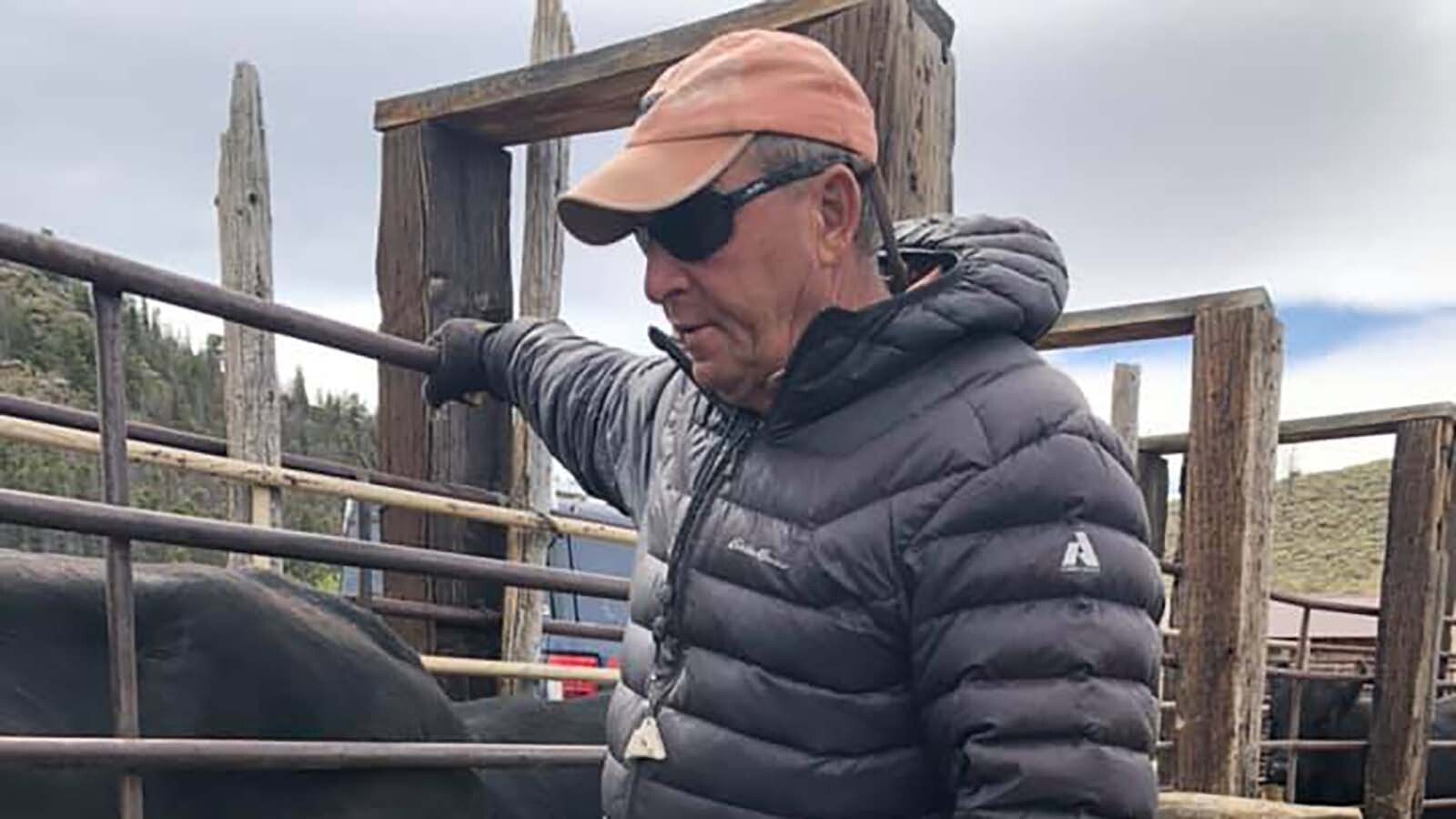An anthrax outbreak has killed at least 50 cattle in the Elk Mountain area of Carbon County, Wyoming, the first confirmed case of the lethal bacterial infection in Wyoming cattle since the 1970s.
It’s also been found in a moose in the same area, which is the first time anthrax has been detected in Wyoming wildlife since 1956.
The Wyoming State Veterinary Laboratory confirmed the anthrax diagnosis Aug. 31, reporting that cattle from multiple herds around Elk Mountain tested positive for the disease.
“We have approximately 50 to 60 head that have died at this time due to anthrax,” Wyoming State Veterinarian Dr. Hallie Hasel told Cowboy State Daily on Wednesday. “It's in a localized region at this time, but we are still investigating, and there could be other losses that we don't know of quite yet.”
The full extent of the outbreak hasn’t been determined, but anthrax remains a potent threat to livestock, wildlife and people in the impacted area. Hasel recommends everyone in the Elk Mountain area take steps to protect themselves from potential exposure.
“Anthrax is a zoonotic disease, and we are concerned about that,” she said, which means a disease that can be transmitted between animals and people. “Anybody that thinks they have been exposed to a carcass of an animal that may have died of anthrax, whether it be a cow, horse, moose,= or deer, they need to contact the Wyoming Department of Public Health or their medical provider as soon as possible.”
Just Under The Surface
Anthrax is a naturally occurring organism in Wyoming’s soil, sometimes lying dormant for decades. Outbreaks happen under specific environmental and meteorological conditions, which Hasel said happened in Carbon County over the last week.
“We’ve had a little drought in the region and then extremely heavy rain,” she said. “This is what we think precipitated (the outbreak) in this particular region.”
Signs and symptoms of an anthrax infection include weakness, staggering, difficulty breathing, fever, and bloody diarrhea. Sudden death is the most severe impact of an infection, and Hasel said the impacts of the current outbreak could be seen in many different places.
“It's not just cattle,” she said. “It could also be livestock and big game wildlife. If anyone sees any of those signs or any acute deaths, please call their veterinarian or the Wyoming Livestock Board immediately.”
Anthrax was also confirmed in a moose carcass found in Carbon County in the same general vicinity as the cattle, Wyoming Game and Fish Director Brian Nesvik told Cowboy State Daily early Wednesday.
It hadn’t yet been determined how the moose was infected. The infection could have come “from the environment” because anthrax spores can linger in soil, for instance, Nesvik said.
There were no other confirmed reports of infected wildlife.
It was the first confirmed case of anthrax in Wyoming wildlife since 1956, when infection was detected in a moose carcass in Sublette County.
Current Concern
While the Wyoming Livestock Board and Wyoming State Veterinary Laboratory are still investigating the extent of the current outbreak, Hasel said all the confirmed cases of anthrax have come from a “localized region.”
Given the nature of the bacteria, there wasn’t much concern about the infection spreading further into Carbon County at this time.
“An area with similar geography is where the outbreak may occur, and we don't know the extent of that geographic area just yet,” she said. “Anthrax doesn’t necessarily spread between herds. Any cattle grazing in that area could be impacted, but the spread is usually minimal.”
Another concern during an anthrax outbreak is the type of soil where it happens. Hasel said that historically, outbreaks occur in areas with highly alkaline soil, which extends the lifespan of anthrax spores, but they can also happen in soils with lower alkaline content.
Hasel said the duration of the outbreak is entirely weather-dependent. Based on the data collected in Carbon County, the current outbreak started about three weeks ago and could continue until the weather changes.
“Another severe change in weather could decrease the contamination, and the spore may go away with another change in weather,” she said. “We don't exactly know how long this outbreak may occur. It depends upon the weather and the soil conditions.”
Get The Jab
Carbon County ranchers concerned about anthrax in their herds have a remedy available. Hasel encourages all ranchers to contact their veterinary providers about vaccinating their cattle against anthrax.
“There is a livestock vaccine that is highly effective,” she said. “When producers in this region start vaccinating their livestock, even if it does occur in consecutive years, the losses are significantly less as long as those livestock are vaccinated.”
Unfortunately, Hasel said many ranchers in Carbon County had not vaccinated their cattle by the time the outbreak started, increasing the risk of losses.
“The ranchers have not vaccinated yet because they weren't aware there was an issue there,” she said. “Now that they are, we hope they can implement this into their routine vaccination protocol.”
Don’t Touch
Since anthrax is a zoonotic disease, Hasel said there is a risk of the infection passing from livestock and wildlife to people. Ranchers and anyone in the region should avoid any contact with carcasses and infected animals.
“Anybody that thinks they have been exposed to a carcass that may have died of anthrax needs to contact the Wyoming Department of Public Health or their medical provider as soon as possible,” she said. “And please, never open or move that carcass.”
When encountering livestock or wildlife that have died or appear to be infected with anthrax, the best thing to do is to contact the Wyoming Livestock Board, Wyoming Game and Fish or the Wyoming State Veterinary Laboratory and report the situation.
As of Wednesday, there’s no way to know how long the current outbreak will last, nor when and where the next outbreak could happen. Hasel said the best thing ranchers can do is be prepared for anything and ensure resilience by vaccinating their herds.
“Anthrax is unpredictable, but once you know what's in a location, you can plan in advance,” she said. “This might be the first anthrax outbreak since the 1970s, but it could come back next year. It may not come back for ten years. It's really unknown.”
Andrew Rossi can be reached at arossi@cowboystatedaily.com.





